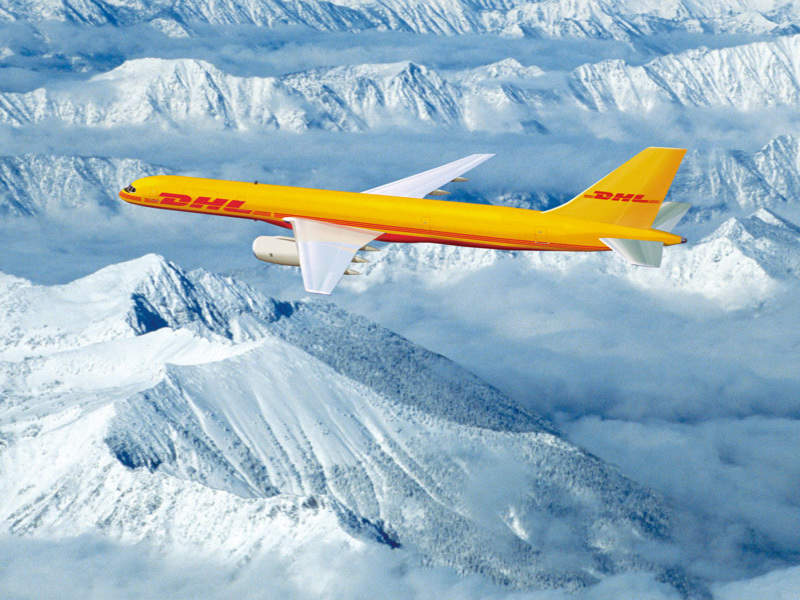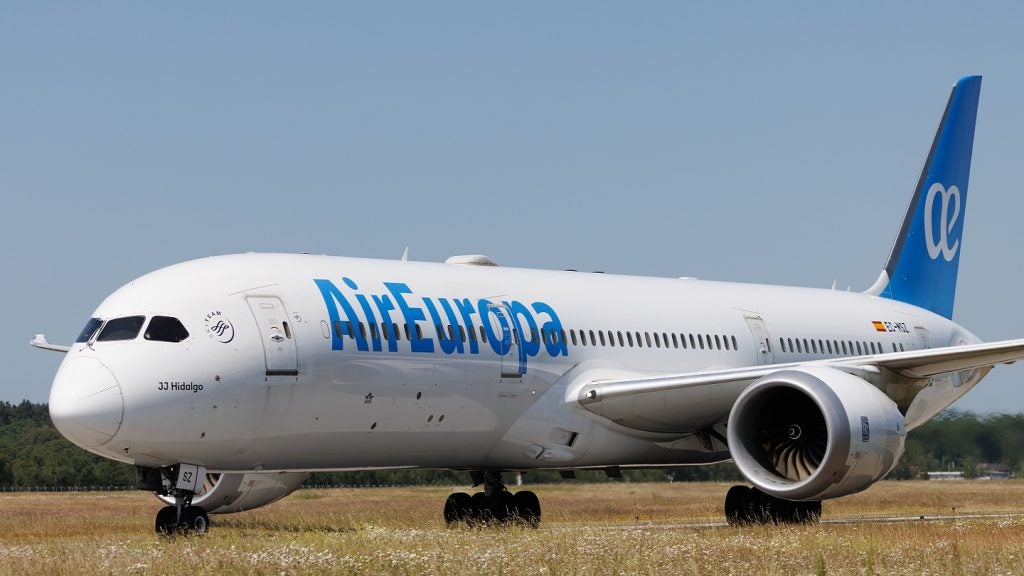

London Gatwick Airport, in collaboration with German-based DHL Supply Chain, has formally opened a new £3.8m waste management plant at the airport.
With the opening of the DHL waste management facility, Gatwick Airport has become the first airport in the world to convert airport waste, such as food and packaging, into energy onsite.
The new waste plant helps the airport dispose of its Category 1 waste safely onsite, in addition to converting it as well as other organic waste into energy.
Energy generated by the plant will be used to heat Gatwick's waste management site and power the site's water recovery system.
The plant is expected to save £1,000 in daily energy and waste management costs at the airport.
DHL Supply Chain UK Specialist Services senior vice-president Martin Willmor said: “Disposing of Category 1 waste can be very costly and time-consuming, but our new waste management and recycling system is a huge step forward.
How well do you really know your competitors?
Access the most comprehensive Company Profiles on the market, powered by GlobalData. Save hours of research. Gain competitive edge.

Thank you!
Your download email will arrive shortly
Not ready to buy yet? Download a free sample
We are confident about the unique quality of our Company Profiles. However, we want you to make the most beneficial decision for your business, so we offer a free sample that you can download by submitting the below form
By GlobalData“Gatwick is leading the way in converting waste onsite into an energy source and we're already investigating a number of further initiatives to support sustainable energy production and the future expansion of the airport.”
Category 1 waste comprises the majority of waste from non-European Union (EU) flights and is defined as food waste or anything mixed with it, such as cups, meal trays and packaging from international transport vehicles.
The plant converts waste into a dry-powdered organic material that can be used as fuel to heat the waste management site.
The new plant, which features a waste sorting centre to optimise recycling onsite, will be able to process approximately 10t of waste per day.
It also has the capacity to generate additional energy in the future that could be used to supply electricity to other areas of the airport.
Image: Category 1 forms the majority of waste from non-EU flights. Photo: courtesy of DPDHL.







